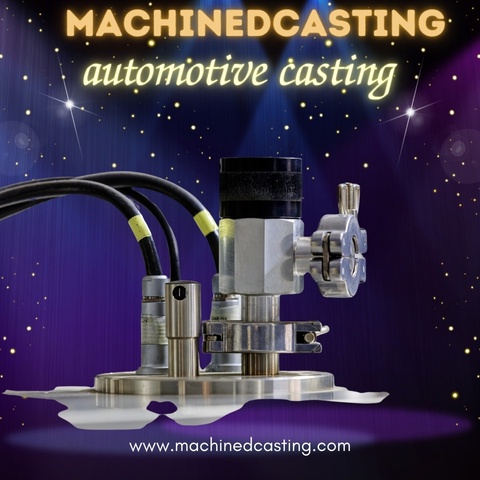Automotive casting plays a pivotal role in the manufacturing process of vehicles, contributing to the structural integrity, performance, and overall quality of automobiles. From engine blocks to transmission components, casting techniques are employed across various parts of a vehicle. In this guide, we'll delve into the intricacies of automotive casting, covering the process, materials, techniques, and advancements shaping the industry.
Understanding the Process: Automotive casting involves pouring molten metal into a mold to create complex shapes and components. The process typically begins with the design of the mold, which must accommodate the desired part geometry and characteristics. Various casting methods are utilized in the automotive industry, including sand casting, die casting, investment casting, and permanent mold casting.
Materials: The choice of materials in automotive casting is crucial for ensuring durability, performance, and cost-effectiveness. Common metals used include aluminum, iron, steel, and magnesium. Each material offers unique properties suitable for different applications within a vehicle. Aluminum, for instance, is favored for its lightweight properties, making it ideal for components where weight reduction is critical, such as engine blocks and cylinder heads.
Techniques: Precision and consistency are paramount in automotive casting. Advanced techniques such as computer-aided design (CAD) and simulation software enable engineers to optimize mold designs, predict casting defects, and refine manufacturing processes. Additionally, automation and robotics play a growing role in enhancing casting accuracy, efficiency, and repeatability.
Quality Control: Ensuring the quality of cast automotive components is essential to meet stringent industry standards and ensure safety on the road. Non-destructive testing methods such as X-ray inspection, ultrasonic testing, and magnetic particle inspection are employed to detect defects and flaws in cast parts without compromising their integrity. Additionally, quality control measures throughout the casting process, including material selection, mold preparation, and post-casting inspections, are critical for maintaining consistency and reliability.
Advancements and Future Trends: The automotive casting industry continues to evolve with advancements in materials, processes, and technologies. Innovations such as lightweight alloys, additive manufacturing, and predictive analytics are revolutionizing the way cast components are designed, produced, and integrated into vehicles. As sustainability and efficiency become increasingly important, eco-friendly casting methods and recycled materials are also gaining traction in the automotive sector.
Conclusion: Mastering automotive casting requires a combination of expertise, innovation, and attention to detail. By understanding the process, materials, techniques, and quality control measures involved, manufacturers can produce high-quality cast components that meet the demands of modern vehicles. With ongoing advancements and future trends shaping the industry, the art of automotive casting continues to drive innovation and excellence in the automotive sector.


No comments yet